Unlocking the Power of "Why": A Guide to Selling Your Product with Impact
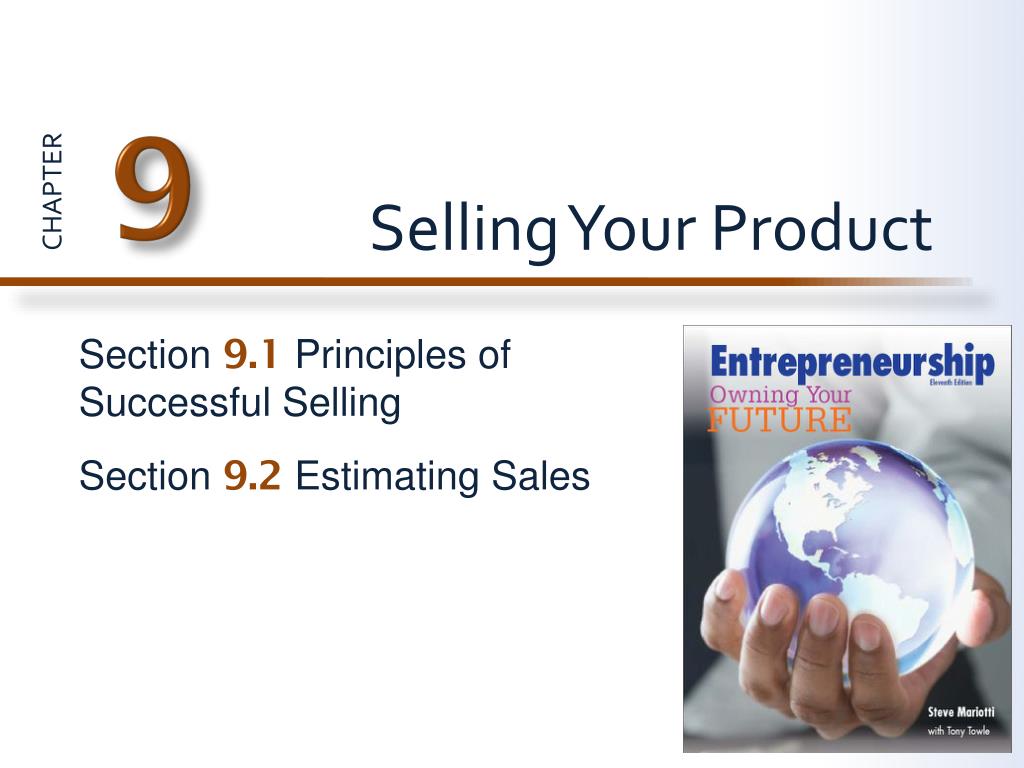
You’ve got a product or service. You believe in it. You know it can change lives. But how do you translate that passion into tangible benefits for your potential customers? How do you bridge the gap between "what it is" and "why it matters"?
This is where the magic of effective product marketing and sales comes in. It’s not just about listing features; it’s about weaving a story that resonates with your ideal customer, showcasing how your offering solves their problems and enhances their lives.

To help you craft that compelling narrative, let’s dive into the core principles of product marketing and sales, drawing inspiration from the world of architecture and interior design.
Imagine your product as a blueprint for a dream home. Just like an architect meticulously designs every aspect of a building, you need to understand the needs and desires of your ideal customer.
Who is your ideal customer?
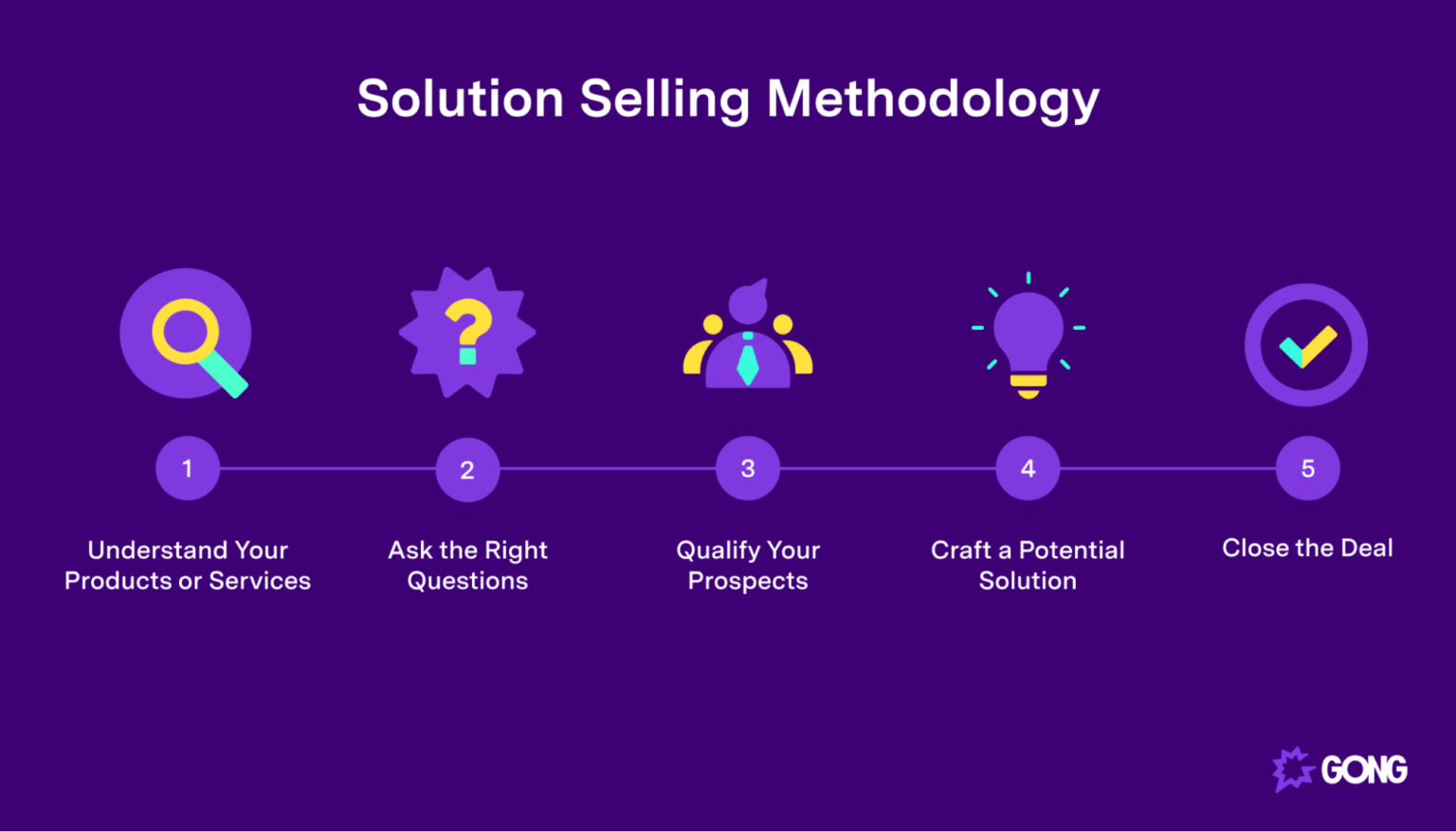
- The Homeowner: This is your primary target. What are their pain points? What are their aspirations? Are they looking for a modern, minimalist design, a cozy family haven, or a sophisticated urban retreat?
- The Interior Designer: This is your secondary target. They have a deep understanding of aesthetics, functionality, and the latest trends. How can your product enhance their design process and elevate their client’s experience?

The Blueprint of Features and Benefits:

1. Foundation of Features:
- Structure: Think of the fundamental building blocks of your product. What are the core components? How do they work together?
- Materials: What are the key materials used in your product? What are their strengths and unique qualities? Are they sustainable, durable, or aesthetically pleasing?
- Functionality: How does your product function? What are the specific tasks it performs? What are its limitations?
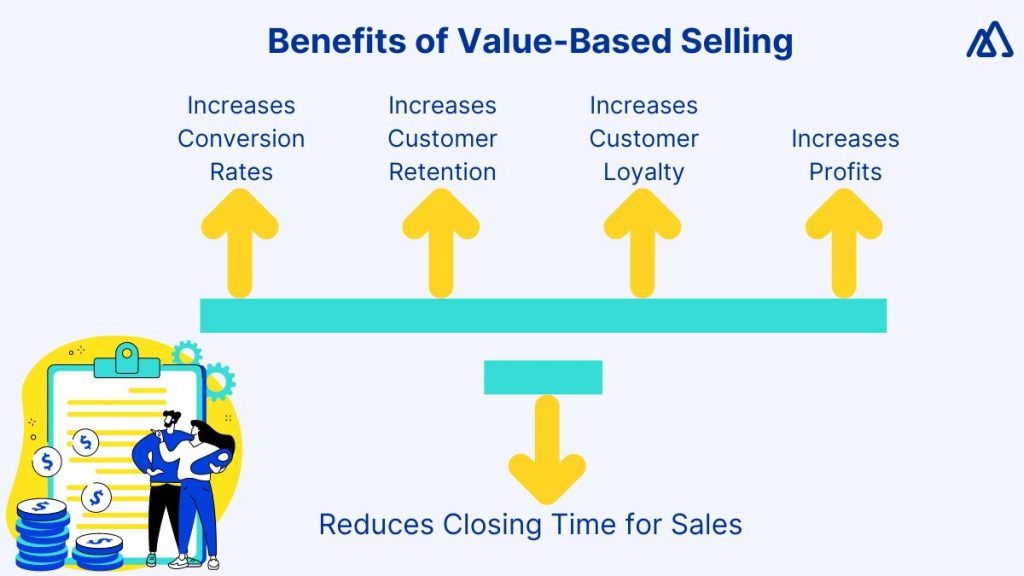
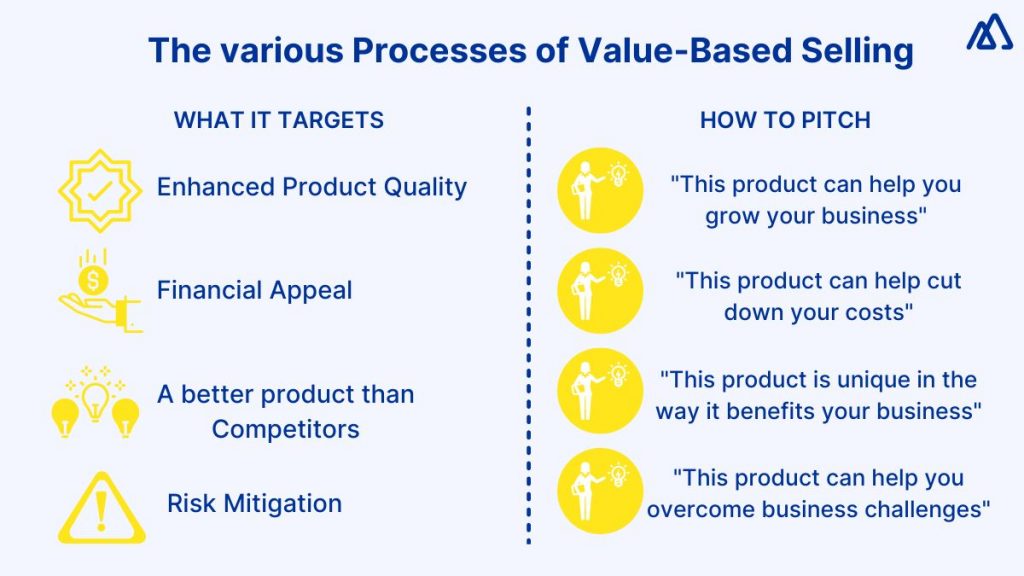
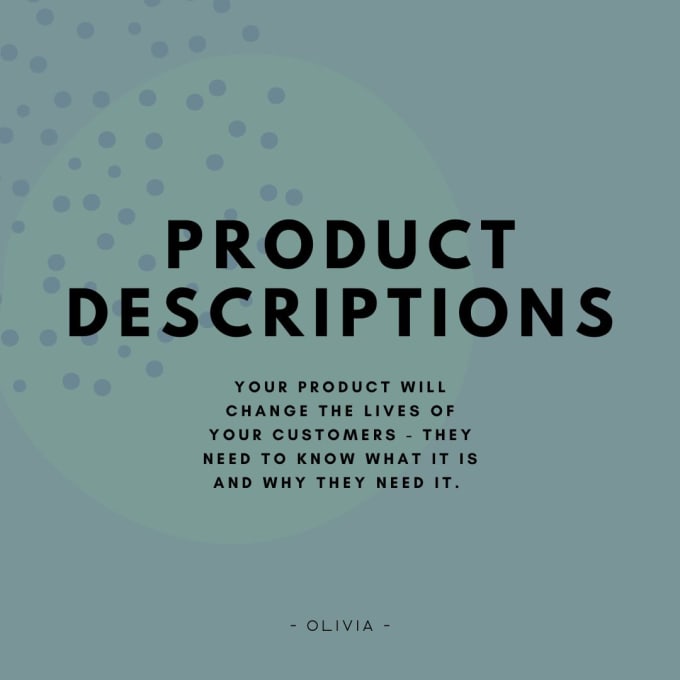
2. Frame of Benefits:
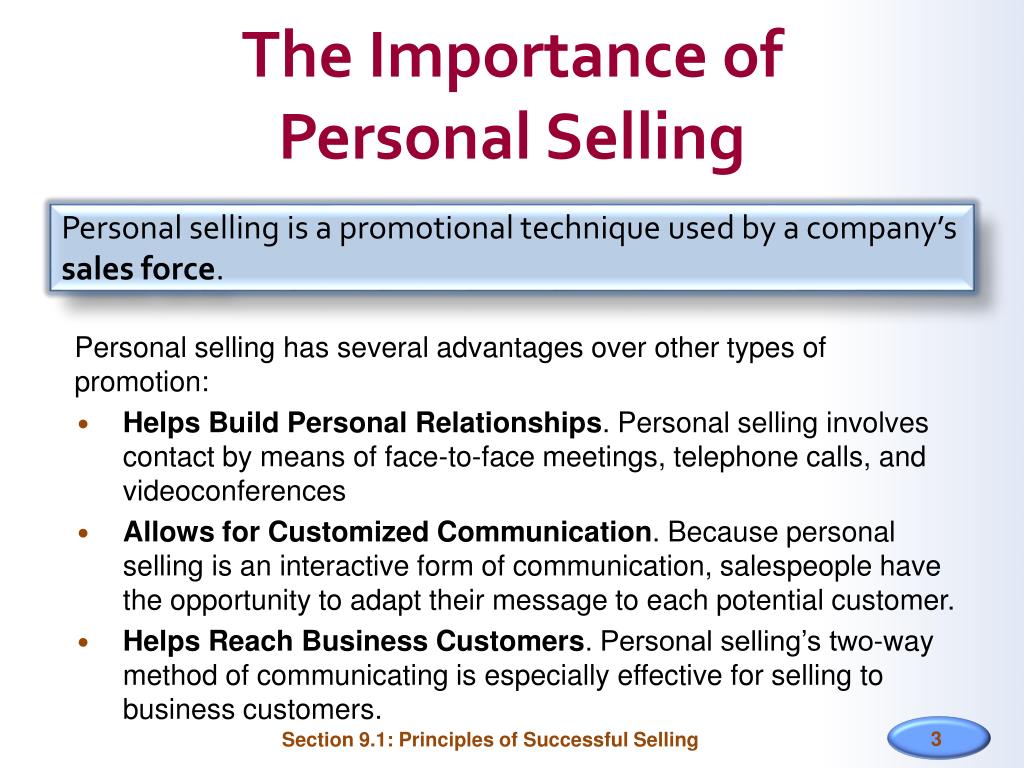
- Comfort and Convenience: How does your product make life easier, more comfortable, or more enjoyable?
- Aesthetics and Style: How does your product enhance the look and feel of a space? Does it create a specific ambiance or mood?
- Sustainability and Efficiency: Does your product promote eco-friendly practices? Does it save energy or resources?
- Safety and Security: Does your product enhance safety or security in any way?
- Value and ROI: How does your product provide value for money? Does it offer long-term benefits or cost savings?
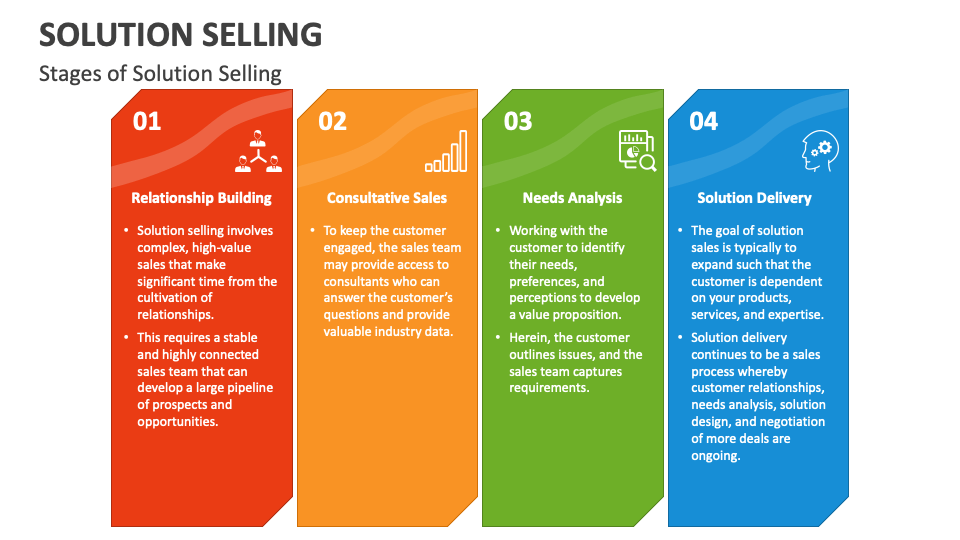

3. Interior Design of Customer Experience:

- User Interface (UI): Is your product easy to use and navigate? Is the design intuitive and user-friendly?
- User Experience (UX): Does your product provide a seamless and enjoyable experience? Does it meet the needs of your customers?
- Customer Support: Do you offer excellent customer support? Are you available to answer questions and address concerns?
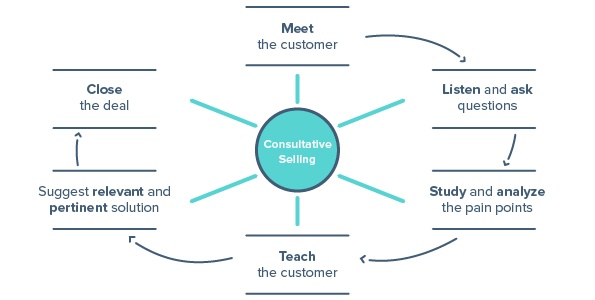
The Art of Storytelling:
Now that you have a clear understanding of your product’s features and benefits, it’s time to turn them into a compelling story that resonates with your ideal customer.
1. Connect with Emotions: Don’t just list features; tell stories that evoke emotions. How does your product make people feel? What are their aspirations? What are their fears?
2. Highlight Pain Points: What are the common problems your target audience faces? How does your product solve those problems?
3. Showcase Solutions: Present your product as the solution to their problems. Explain how it makes their lives easier, more efficient, or more enjoyable.
4. Use Visuals: Images, videos, and infographics can be powerful tools for conveying your message. Show, don’t just tell.
5. Build Trust and Credibility: Use testimonials, case studies, and data to demonstrate the effectiveness of your product.
6. Call to Action: Tell your customers what you want them to do next. Make it easy for them to learn more, purchase your product, or sign up for your service.
Examples of Features and Benefits:
Product: A smart home security system
Features:
- 24/7 monitoring: A team of security professionals monitors your home around the clock.
- Motion sensors: Detects movement and sends alerts to your phone.
- Door and window sensors: Alerts you if someone tries to open your doors or windows.
- Remote access: Control your security system from anywhere in the world.
- Video recording: Records footage of any suspicious activity.
Benefits:
- Peace of mind: Knowing that your home is protected even when you’re away.
- Safety and security: Deters crime and protects your family and belongings.
- Convenience: Control your security system from your phone or tablet.
- Evidence: Provides video evidence of any incidents.
- Home automation: Integrates with other smart home devices.
Storytelling:
Headline: "Sleep Soundly Knowing Your Home is Safe."
Story: "Imagine coming home after a long day, feeling safe and secure in your own home. With our smart home security system, you can finally have that peace of mind. Our 24/7 monitoring team keeps a watchful eye on your property, while motion sensors and door/window sensors alert you instantly to any suspicious activity. You can even control your security system remotely from your phone, giving you complete peace of mind no matter where you are."
Call to Action: "Get a free quote today and start living a safer, more secure life."
Conclusion:
By understanding your ideal customer, clearly outlining the features and benefits of your product, and weaving a compelling narrative, you can effectively communicate the value of your offering and drive sales. Remember, it’s not just about selling a product; it’s about solving problems, enhancing lives, and building lasting relationships with your customers.
